Jeonggahanog / 정가한옥
19.4Km 2025-03-05
78-3, Girin-daero, Wansan-gu, Jeonju-si, Région Jeonbuk
+82-10-9934-1300
Jeongga Hanok is a space where the traditional beauty of hanok and the modern comfort co-exists. The newly built Hanok is neat and pleasant. When you enter the small cobbled yard, the porch and the eaves will welcome you, and you’ll find that the rooms are filled with delicate wood fragrance. The interior is furnished with Korean cypress trees and red clay. In particular, the Cypress Tree room is all made of cypress trees, from the walls to the ceiling, making guests feel like they are lying in a forest. Maple Room and Ginkgo Tree Room, meanwhile, have attics.
Jeongga Hanok faces Jeonju Hanok Village with the Girin-daero in the middle. Hanok Village is just across the road. Major attractions such as Gyeonggijeon, Jeondong Catholic Cathedral, and Jeonjuhyanggyo Confucian School are all within walkable distance. Omokdae, which offers an unhindered view of Hanok Village, is located over the pedestrian overpass. Jaman Mural Village, famous for colorful mural and cozy cafes, is about 300 meters away and a great spot for selfie lovers.
Parc national Uibongsanseong (위봉산성군립공원)
19.4Km 2024-10-25
Région Jeonbuk, Wanju-gun, Soyang-myeon, Wondaeheung-gil 136-3
Le parc national Uibongsanseong, situé à Jeonju, est un site prisé pour les longues promenades au milieu de la nature et des arbres de saison, notamment les arbres de cerisiers.
Porte Pungnammun (전주 풍남문)
19.4Km 2024-04-08
1, Pungnammun3(sam)-gil, Wansan-gu, Jeonju-si, Région Jeonbuk
+82-63-287-6008
La porte Pungnammun a été construite dans le milieu du royaume de Jeoson (1768) et désignée trésor national no 308. Des 4 portes originales, c’est la seule qui reste (dans la partie sud de la ville). Sa structure a été partiellement détruite lors de l’invasion des forces étrangères de 1592 à 1598. Et a été reconstruite en 1978. Jungcheung et mullu sont au centre de la porte, épousant la forme de l’arche. Ces formes particulières forment le symbole du potentiel protecteur de la porte Pungnammun tout comme ils forment le symbole de sa grandeur.
Marché de Nambu à Jeonju (전주 남부시장)
19.4Km 2025-08-12
63 Pungnammun 2-gil Wansan-gu Jeonju-si Région Jeonbuk
+82-63-284-1344
Le marché traditionnel de Jeonju Nambu a ouvert ses portes en 1905 sur l'ancien site du marché de "Nammunbak" à l'ère de Joseon. Il y a environ 800 échoppes de légumes, de fruits, de poissons séchés, de meubles, de soie, etc.
Aujourd'hui, un nouveau souffle s'est levé sur le marché avec l'arrivée de jeunes commerçants. Ils ont transformé les magasins précédemment vides au deuxième étage du marché en magasins artisanaux pour donner une ambiance originale à ce lieu.
Le marché de nuit qui s'ouvre le vendredi et le samedi attire ainsi des visiteurs de tous âges avec une multitude de délices, allant des plats traditionnels tels que le nokdujeon (galette de haricot mungo) à des recettes de fusion comme le rouleau de bibimbap.
Cathédrale Jeondong (전주전동성당)
19.4Km 2025-08-12
51, Taejo-ro, Wansan-gu, Jeonju-si, Région Jeonbuk
L’église catholique Jeondong de Jeonju a été érigée sur un site historique où, à l’époque de la dynastie Joseon, de nombreux catholiques furent martyrisés. Elle se situe à l’extérieur de la porte Pungnammun, dans le quartier de Jeondong à Jeonju, à l’emplacement même où des fidèles furent exécutés.
Comme Jeonju abritait le siège administratif provincial du Jeolla, Jeondong devint naturellement l’un des hauts lieux du martyre dans l’histoire du catholicisme coréen.
En 1791 (15ᵉ année du règne du roi Jeongjo), les premiers martyrs, Yun Ji-chung (Paul) et Kwon Sang-yeon (Jacques), furent exécutés ici, suivis en 1801 (1ʳᵉ année du règne du roi Sunjo) par Yu Hang-geon (Augustin), premier apôtre de la région de Honam, et Yun Ji-heon (François). Lors de la persécution de 1801, Yu Hang-geon et son frère Yu Gwan-geon furent écartelés, tandis que Yun Ji-heon, Kim Yu-san et Lee U-jip furent pendus.
Afin d’honorer leur mémoire, le père français Baudenet acheta le terrain en 1891 (28ᵉ année du règne du roi Gojong) et entreprit la construction de l’église en 1908. Elle fut achevée en 1914, sur la base des plans du père Poinel, architecte de la cathédrale Myeongdong à Séoul. Construite à l’époque de l’occupation japonaise, elle fut terminée après 23 ans de travaux.
L’édifice, en briques grises et rouges, rappelle la cathédrale Myeongdong et est considéré comme l’une des plus belles églises catholiques anciennes du pays. De style roman avec des éléments byzantins, c’est aussi l’une des plus belles réalisations architecturales de Corée. Initialement bâtie à l’extérieur de la porte Pungnammun, sur le lieu du martyre, elle fut ensuite agrandie à son emplacement actuel.
Première église de style roman construite dans la région de Honam, elle présente un plan rectangulaire et des murs extérieurs en briques, avec trois clochers byzantins – un central et deux latéraux. Le plafond intérieur est voûté en arc, et les allées latérales sont surmontées d’arcs croisés formant un motif en croix.
Certaines briques utilisées proviennent de la démolition de la forteresse de Jeonju ordonnée par le gouvernement japonais, les pierres de fondation ayant été extraites du mur d’enceinte près de la porte Pungnammun.
Centre des trésor de Jeonju (전주 공예품전시관, 명품관)
19.5Km 2024-04-07
15, Taejo-ro, Wansan-gu, Jeonju-si, Région Jeonbuk
+82-63-285-4404
Pour les personnes recherchant de l'artisanat de haute qualité dans la région de Jeonju, le Centre des Trésors de Jeonju est l'endroit idéal pour faire des achats. Le Seonjacheong propose des éventails traditionnels, le Hanjigwan met en vente des produits fabriqués en papier coréen traditionnels, et l'Omokdae expose des objets en bois et d'autres produits. Il est très agréable de s'y promener et d'y admirer les produits, même si vous n'avez pas l'intention d'acheter.
Bu Yong Heon / 부용헌
19.5Km 2025-03-04
149-3, Hyanggyo-gil, Wansan-gu, Jeonju-si, Région Jeonbuk
+82-10-8646-0964
Buyongheon is located in Jeonju Hanok Village. Precisely speaking, Buyongheon is the very next door to Jeonju Hyanggyo (Confucian Temple and School). Across the alley are Jeonju Hyanggyo Culture Center and Wanpanbon Culture Center. If you walk a few more steps, you will reach Jeonju Hanbyeok Culture Center where you can see various performances and experience the culture and foods of Jeonju. Omokdae can be seen from the garden of Buyongheon. Across the Jeonjucheon Stream is the National Intangible Heritage Center.
The beginning of Buyongheon is deeply related with Jeonju Hyanggyo. In around 1935, the local bureaucrats lived around the Hyanggyo after building 12 houses one after another. Most of them came from rich families. These collective houses were called Buyong Houses, which meant rich houses. The name Buyongheon originated from Buyong Houses. The rooms of Buyongheon are composed of Toenmaru Bang, Daecheong Maru Bang, Large Daecheong Maru Bang and Big Sarangchae. The interior of the rooms looks neat with the beauty of blank space as they excluded unnecessary decorations. Carefully prepared breakfast is served upon request made in advance. Visitors can also experience traditional culture such as traditional etiquette education and Korean paper art.
In fall, the yellow leaves of the ginkgo tree in the garden of Jeonju Hyanggyo lights up the roof of Buyongheon. It is recommendable to walk along the Jeonjucheon Stream and take pictures of the colorful murals and the cafes in the Jaman Mural Village located on the left sie of the Hanok Village. It takes 15 minutes from Jeonju Station and 10 minutes from Jeonjuu Express Bus Terminal to Buyongheon by taxi.
Veteran Kalguksu (베테랑칼국수)
19.5Km 2025-07-10
135, Gyeonggijeon-gil, Wansan-gu, Jeonju-si, Jeonbuk
Il s’agit d’un restaurant de nouilles traditionnelles aimé des habitants de Jeonju Hanok Village depuis plus de 40 ans, ouvert en 1977. L’établissement est réputé pour son bouillon épais et onctueux, mijoté longtemps, auquel sont ajoutés du perilla (sésame sauvage), de la viande et des œufs.
Les nouilles utilisées ne sont pas les larges nouilles ordinaires, mais des nouilles fines à la texture ferme et élastique. Le plat est garni de poudre de perilla, de piment et d’algues séchées, offrant un goût et une présentation constants au fil des années.
Outre les kalguksu (nouilles coupées au couteau), le restaurant propose des nouilles froides au soja (kongguksu) au goût riche et onctueux, ainsi que des mandu (raviolis) généreusement garnis, qui accompagnent parfaitement les nouilles. Avec chaque commande, du danmuji (radis mariné jaune) et du kimchi de radis en dés (kkakdugi) sont servis ; ce dernier est préparé maison avec des radis d’hiver de Jeju, ce qui lui confère un goût encore meilleur.
◎ Informations sur la Hallyu : ce restaurant est l’un des établissements fréquentés par les acteurs du drama Vingt-cinq, vingt et un. L’actrice principale, Kim Tae-ri, y est venue pour son petit-déjeuner lors du tournage de son vlog, attirant l’attention en dégustant son bol sans en laisser une seule nouille. Tout près se trouve aussi "2521 Guesthouse", la maison d’hôte ayant servi de résidence à Hee-do dans le drama, qui vaut une visite après le repas.
Cascade d'Uibong (위봉폭포)
19.5Km 2024-04-07
Daeheung-ri, Soyang-myeon, Wanju-gun, Région Jeonbuk
+82-63-290-3930
Situé à l’Est de la forteresse de Wibongsanseong, la cascade de Wibong est une chute d’eau à deux niveaux haute de 60 m. Cette célèbre cascade comptait autrefois parmi les Huit plus beaux paysages de Wansan. Les rochers aux formes étranges, ainsi que les épais bosquets près de la cascade forment un magnifique tableau. Non loin de là se trouve l’ancien champ de battaille de la guerre Ungchi (monument de la province du Jeollabuk-do n° 25) où les habitants de la région ont férocement combattu l’envahisseur japonais durant la guerre Imjin. On y trouve aussi le temple Songgwangsa au pied du mont Jongnamsan, et le réservoir Dongsang, le réservoir Daea et les sources chaudes Hwasim sur le courant inférieur.
Damun (다문)
19.5Km 2024-04-07
74-8, Eunhaeng-ro, Wansan-gu, Jeonju-si, Région Jeonbuk
+82-63-288-8607
Situated in Jeonju Hanok Village, Gyo-dong, Jeonju-si, Damun serves Korean table d’hote in a restaurant divided into large and small rooms within a hanok building structure.
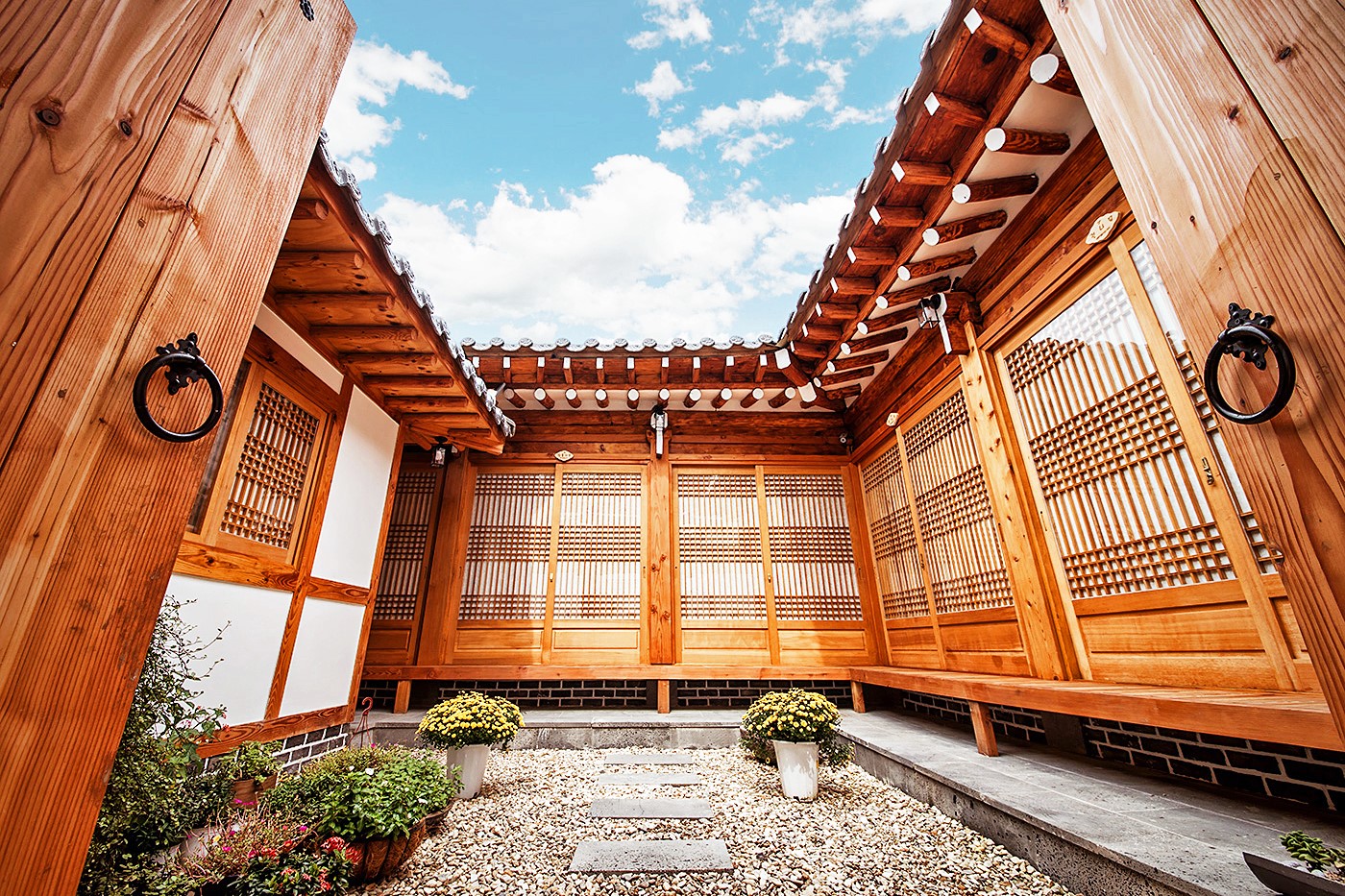
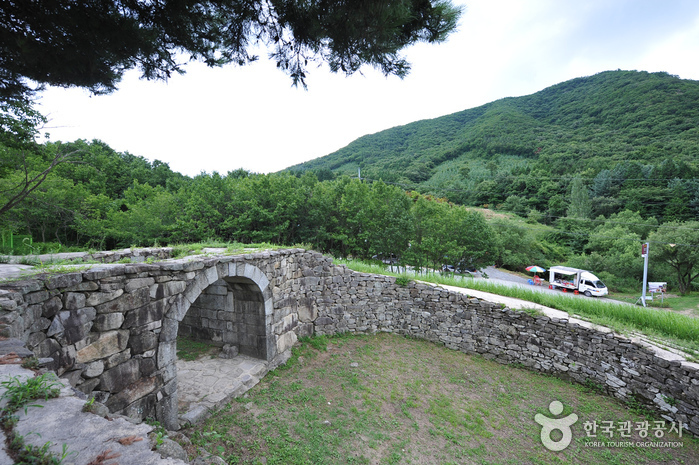



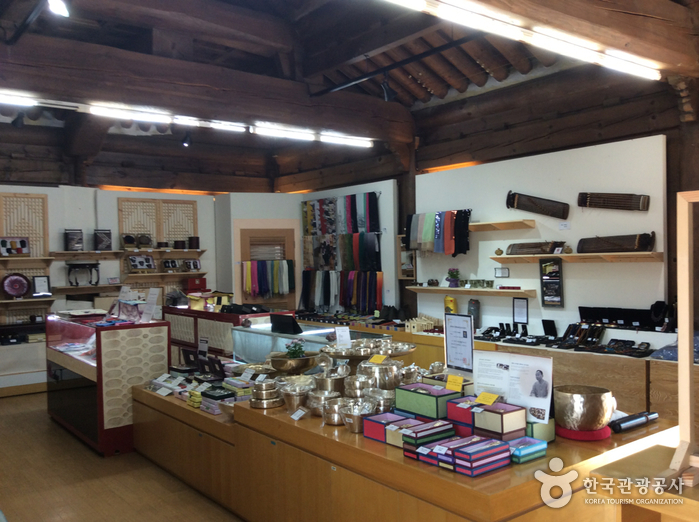
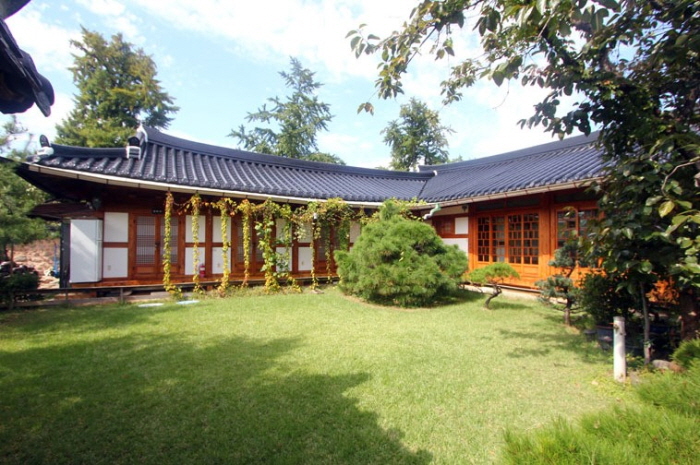
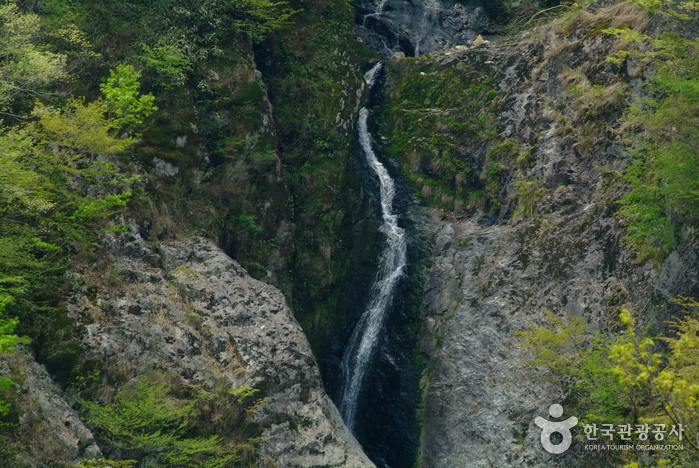

 Français
Français
 한국어
한국어 English
English 日本語
日本語 中文(简体)
中文(简体) Deutsch
Deutsch Español
Español Русский
Русский